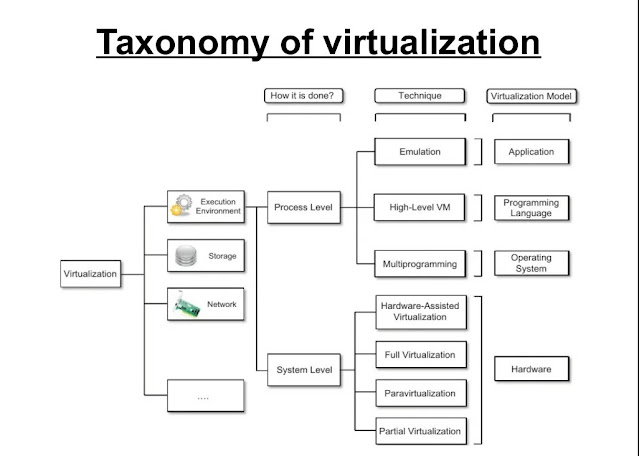Explain Data Transformation by Normalization and explain many methods for data normalization.
Normalizing the data attempts to give all attributes an equal weight. Normalization is particularly useful for classification algorithms involving neural networks or distance measurements such as nearest-neighbor classification and clustering. If using the neural network backpropagation algorithm for classification mining (Chapter 9), normalizing the input values for each attribute measured in the training tuples will help speed up the learning phase. For distance-based methods, normalization helps prevent attributes with initially large ranges (e.g., income) from outweighing attributes with initially smaller ranges (e.g., binary attributes). It is also useful when given knowledge of the data.
There are many methods for data normalization. We study min-max normalization, z-score normalization, and normalization by decimal scaling. For our discussion, let A be a numeric attribute with n observed values, V₁, V2,..., Vn.
a)min-max normalization
b)z-score normalization







Comments
Post a Comment